Halloween means "All hallow's eve", Word that comes from the old English, and that means 'eve of all Saints', since it refers to the night of 31 October, eve of the feast of all saints.
In Hallowe'en ' in (all hallow's eve), literally the eve of all saints, the Anglo-Saxon legend says that it is easy to see witches and ghosts. Children dress up and go - with a candle inserted in a gutted pumpkin in which incisions are made to form a skull - from House to House. When you open the door screaming: "trick or treat" (joke or gift) to indicate that they will spend a joke whom no them a kind of gratuity or bonus in sweets or money.
You're craft can be made in the classroom and are very easy and very cheap to make, you need:
- Sish and glass of toilet colours
-Painting
-Cardboard
-Toilet paper
- Straws (for the legs of the spider)
Translate
martes, 28 de octubre de 2014
lunes, 27 de octubre de 2014
Halloween
Halloween flashcards
These flashcards are great for teaching Halloween vocabulary. They can be taught at two levels, basic and intermediate. In the basic game, students ask simple questions like, “Do you have a witch?”, “Do you have a ghost?”, and “Doyou have a skeleton?”. In the intermediate game, students ask questions like, “Do you have a witch flying on a broomstick?”, “Do you have a ghost at a haunted house?”, and “Do you have a skeleton dancing in a cemetery?




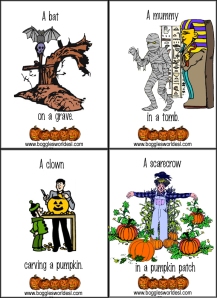
miércoles, 22 de octubre de 2014
Voice
I propose this activity to work it in class and respect the shifts from Word and tone of voice.


Your voice is unique. It has a sound like
nothing else. It also has the ability to go
from a very soft, quiet level to a very loud
level. If you talk too quietly, it can be
difficul to people to hear understand
what you are saying. But, if you talk too
loudly, it can bother other people and
make it difficult for them to listen to you.
It is important to have good voice control.
This means that you try to keep the
loudness of your voice at a good level.
Sometimes, it helps to think of your voice
as a thermometer. When you are calm and
cool, your voice volume is low. But, as you
become upset or excited, your voice
volume tends to rise just like a
thermometer.
It is helpful to practice having good
volume control. Develop a “signal” with
your parent or teacher, so that when your
voice is getting too loud or too soft, they
can “signal” you. This will help you to know
how to adjust your voice to an appropriate
volume level.
lunes, 20 de octubre de 2014
Elephant Amaranta’s Fear

The elephant Amaranta was one of the biggest stars of the Great Worldwide Circus “The Whale.” With her enormous trunk she was able to juggle more spectacularly than had ever been seen in the circus tent. Also, the elephant Amaranta was happy and fun and everyone loved her very much in the circus.
She only had one problem: mice made her panic. But this, in reality, was a very small problem, because no mouse had ever been seen in the Great Worldwide Circus “The Whale.” But one day, a family of mice appeared there. They had escaped from a town in which a strange flautist rounded them all up and threw them out via the river. Once the flautist arrived, he emitted a magical sound, and every mouse that heard it lost all sense of reason.
– Lucky for us, we were sleeping when this happened. The only one that was awake was grandfather; and since he is deaf…nothing happened to him!
So that family of mice had to flee. And so, walking and walking, they had arrived at the circus.
– You can all stay here – said the ringmaster – but you have to be careful with the elephant Amaranta. She gets panicked around mice, so it will be best that she doesn’t see you.
But the Circus Worldwide “The Whale” was very small and the elephant Amaranta didn’t take long in discovering this family of mice.
– Aaaaaaaaaaaaaaaaaaaaaaaaaaaaaaaah! – she yelled afraid.
– Don’t you worry – assured the ringmaster – Surely she will become accustomed…
But Amaranta did not become accustomed and each time that she crossed one of the mice, she climbed atop the first thing she found.
1. The stool the ringmaster used in the lion spectacle.
2. The trapeze where Calixta, the trapeze artist monkey, left all the kids marveling at her pirouettes.
3. Including the tightrope, which Nicolasa, the giraffe aerialist, climbed.
Whichever site was good enough for her to be far from those tiny, speedy and bothersome animals that gave her so much fear. So, those who had to get used to the situation were the other members of the circus.
The animals, convinced that this absurd fear had to end, decided one day to search for a way to end it. The first to propose something was the clown Miguelín, always so ingenious…
– I have found in my suitcase full of joke supplies, a fake mouse…
– I don’t see how this will help us with Amaranta – groaned a grumpy lion.
– Very easy: we gift her the mouse, and when she sees that it is fake and realizes that you can wind it when you want, she will feel like she can control mice, and with that, her own fear.
No one was very convinced with this plan, but as they did not have another, they decided to give it a chance. So they hid the fake mouse in a box, wrapped it up in floral paper and gave it to Amaranta.
– A gift? For me? But it isn’t my birthday – exclaimed the elephant Amarantha happily when she saw the package.
But her smile disappeared when inside the package she saw the mouse.
– Aaaaaaaaaaaaaaaaaaaaaaaaaahh… – she screamed as she climbed a stool scared to death.
– Amaranta, it’s a fake mouse! It is nothing more than a toy. Touch it!
But the elephant didn’t want to know anything more about the gift. The plan had failed.
– We have to leave – exclaimed the mice. – At the end of the day, we are only a family of mice and Amaranta is the star of the circus. We can’t compete with her!
– Don’t say that! – exclaimed the upset Calixta, the monkey trapeze artist – if we cannot end her fear, we have to accustom ourselves to it.
– But, what happens with my stools? I can’t perform my show if every few minutes she is breaking them. – protested the ringmaster.
– Well, yes the problem with the stools…let us buy one of her size! – suggested Greta, the oldest lion of the circus.
– Great, one that can withstand her on all parts so she will be able to climb it, when she sees a mouse, and won’t break anything.
To the elephant Amaranta, they gave a new gift that she like much more than the anterior. She promised all her peers that she would not return to breaking their work tools and that she would try to control her attacks of fear.
What is certain is that Amaranta never was able to control her fear, but at least the Great Worldwide Circus “The Whale” never again was a disaster. And of course, the family of mice remained there always. Eventually, even they had a circus performance that became very very very famous.
But this, my friends, is another story…
domingo, 19 de octubre de 2014
FLASH CARDS
These color printable flash cards are best printed on card stock paper as they feel nicer to handle and survive longer after repeated use.
Check the printer and run a nozzle check if necessary before printing.
Colors are sometimes tricky to print correctly. If the colors seem to be wrong, try color correction with your screen and printer. As every printer has different settings.
Enjoy!

Check the printer and run a nozzle check if necessary before printing.
Colors are sometimes tricky to print correctly. If the colors seem to be wrong, try color correction with your screen and printer. As every printer has different settings.
Enjoy!

The weather
Children sometimes confuse the weather, I think that this activity is very simple and will learn a lot
Firstly, cut all the solid black lines including the holes and slits.
We ‘laminated’ small parts by covering them with clear tape so they don’t tear when used.
Making the movable arrow for the weather dial
1. Push the pivot through the small hole as shown below.

2. Now pass it through the hole in the red arrow. (We covered the surface of the arrow with clear tape before cutting the hole in the middle, folded the sides to give it a thickness and wrapped with more tape.)

3. Put a dab of glue on top of the pivot and attach the black pivot cover. Check if the arrow is moving smoothly. Done!

Making the sliding frame for the wind chart
1. Cut the 2 solid lines above and below ‘calm/breezy/windy’ on the main page.
Cut out the small blue frame shape (again, we ‘laminated’ the surface with clear tape) and cut all the solid lines to make 2 ‘flaps’ inside the blue frame. Push the white ‘flaps’ behind the cut strip on the main page. Put a small piece of tape at the back. Check if the frame moves left and right.

Making the temperature arrow slider
1. Cut the solid lines on the main page and weave the shape ‘A’ (marked on the template) through the slits so the black arrows show on the front as in the photo.

2. Turn the page over and on the rear side fold the sides of the shape ‘A’ over the strips towards the middle and glue the ends to secure. Don’t fold over the edges too tightly or get glue on the inside strip (it won’t move!). Check if it moves along the strip smoothly.

3. Now apply glue all over the back of it as shown.

4. And attach the shape ‘B’ print-side down.

4. Turn the page over and pull out the sides of shape ‘B’ to the front. Fold them forwards so it’s easy to grab them. It should look just like this and move along the temperature slider up and down.


When you’ve finished assembling all the parts, you can mount your weather station on a piece of cardboard to make it sturdy and hang it on the wall. Make sure you avoid gluing the areas for the movable parts and apply glue only to the rest of the areas. Enjoy watching the weather!

Firstly, cut all the solid black lines including the holes and slits.
We ‘laminated’ small parts by covering them with clear tape so they don’t tear when used.
Making the movable arrow for the weather dial
1. Push the pivot through the small hole as shown below.

2. Now pass it through the hole in the red arrow. (We covered the surface of the arrow with clear tape before cutting the hole in the middle, folded the sides to give it a thickness and wrapped with more tape.)

3. Put a dab of glue on top of the pivot and attach the black pivot cover. Check if the arrow is moving smoothly. Done!

Making the sliding frame for the wind chart
1. Cut the 2 solid lines above and below ‘calm/breezy/windy’ on the main page.
Cut out the small blue frame shape (again, we ‘laminated’ the surface with clear tape) and cut all the solid lines to make 2 ‘flaps’ inside the blue frame. Push the white ‘flaps’ behind the cut strip on the main page. Put a small piece of tape at the back. Check if the frame moves left and right.

Making the temperature arrow slider
1. Cut the solid lines on the main page and weave the shape ‘A’ (marked on the template) through the slits so the black arrows show on the front as in the photo.

2. Turn the page over and on the rear side fold the sides of the shape ‘A’ over the strips towards the middle and glue the ends to secure. Don’t fold over the edges too tightly or get glue on the inside strip (it won’t move!). Check if it moves along the strip smoothly.

3. Now apply glue all over the back of it as shown.

4. And attach the shape ‘B’ print-side down.

4. Turn the page over and pull out the sides of shape ‘B’ to the front. Fold them forwards so it’s easy to grab them. It should look just like this and move along the temperature slider up and down.


When you’ve finished assembling all the parts, you can mount your weather station on a piece of cardboard to make it sturdy and hang it on the wall. Make sure you avoid gluing the areas for the movable parts and apply glue only to the rest of the areas. Enjoy watching the weather!

miércoles, 15 de octubre de 2014
To move de skeleton
Love songs and videos to children, therefore I have made a small selection of halloween songs that I liked more. Don't worry they are very educational and will not be scared the children. Here are 6 super fun and cute Halloween songs with video that are some of our favorites. They are great for toddlers and preschoolers. Enjoy!
Halloween is come
We are in October and we have to start working the Halloween party with kids, here I have material to become familiar with the characters that appear, are very useful to work the alphabet or math.


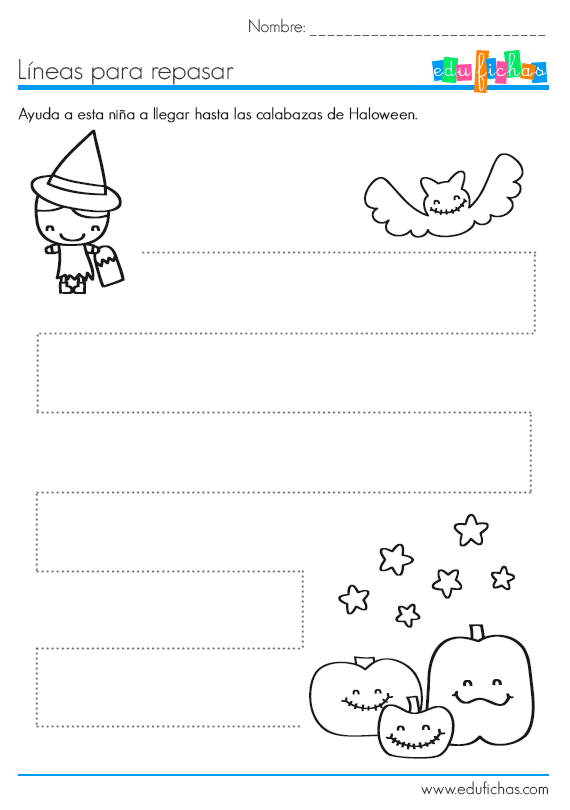
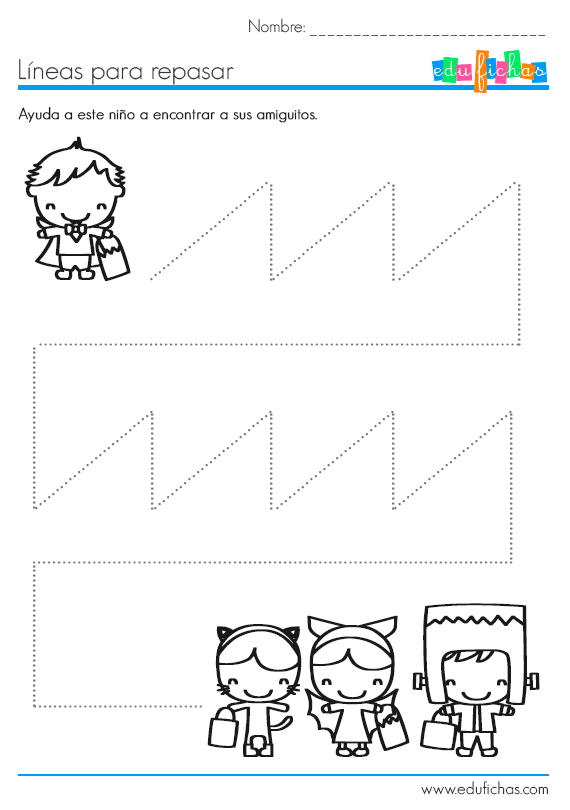
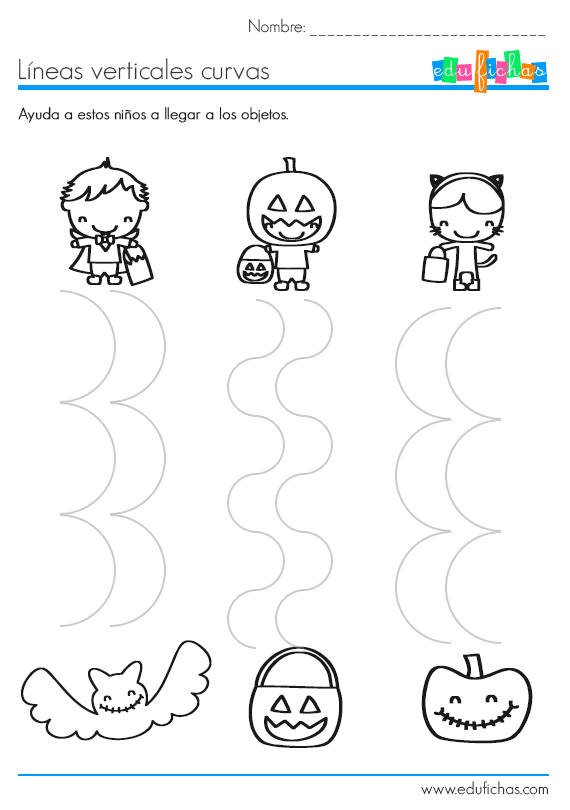
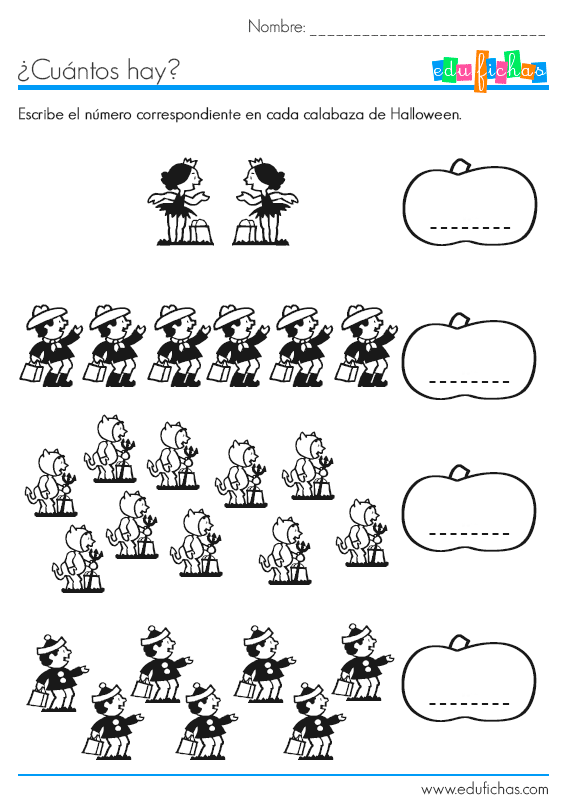
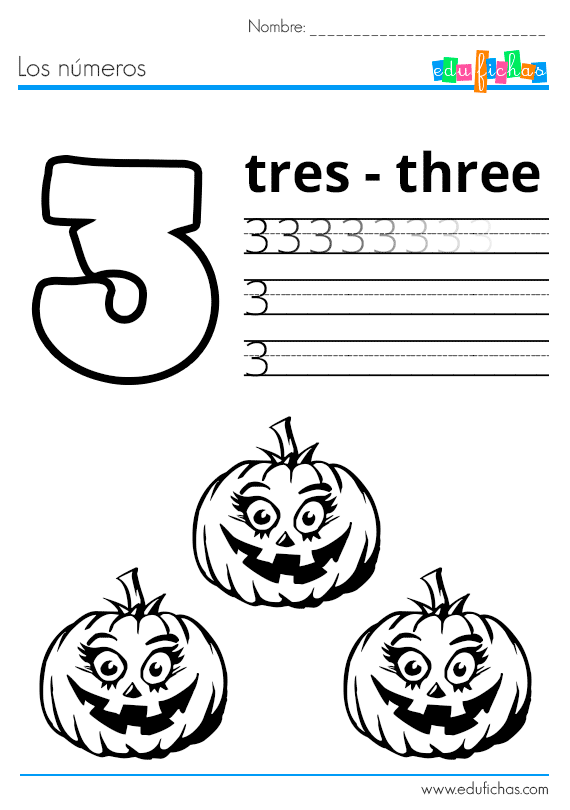
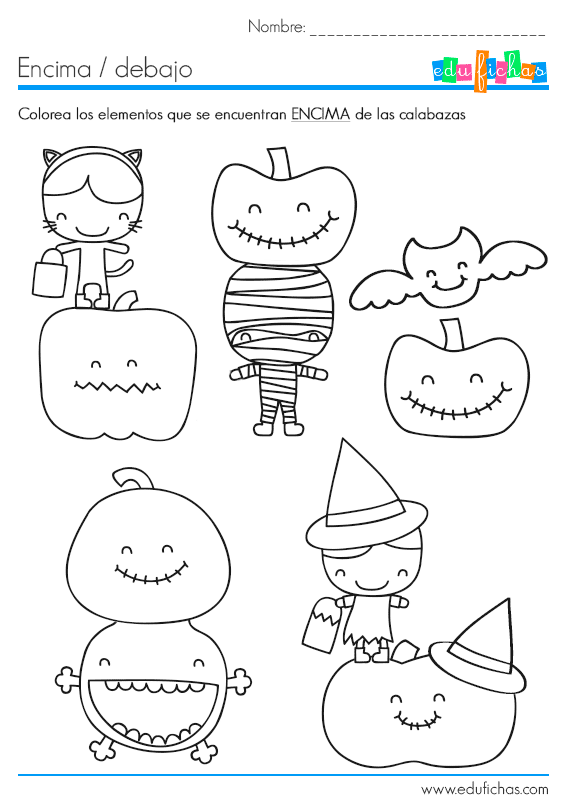








Colorable tabs
After learning the entire vocabulary children must put into practice what they know, and the best way is with chips. Here you have a link of these chips that I like very much because they are age-appropriate, there is a wide range of vocabulary.
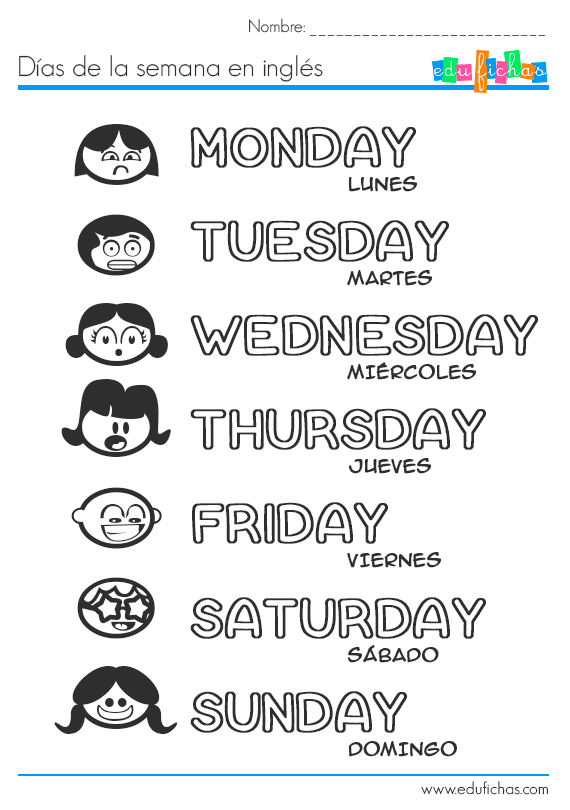
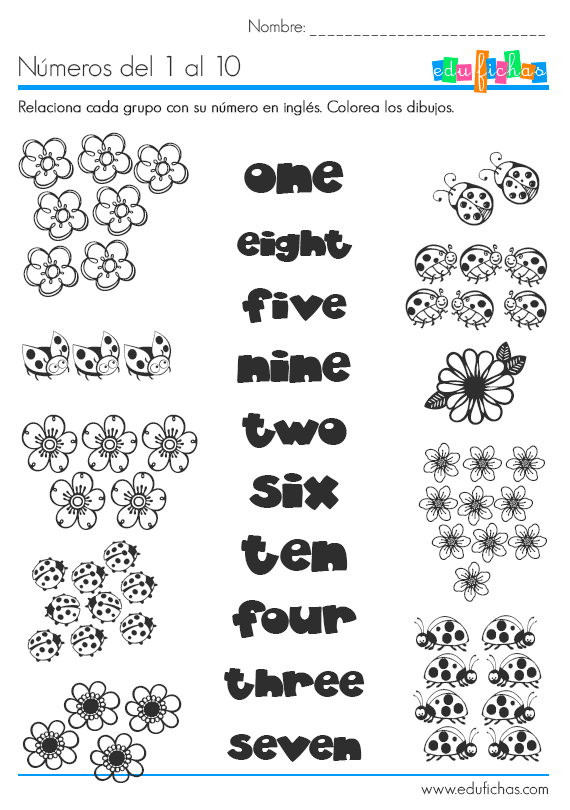
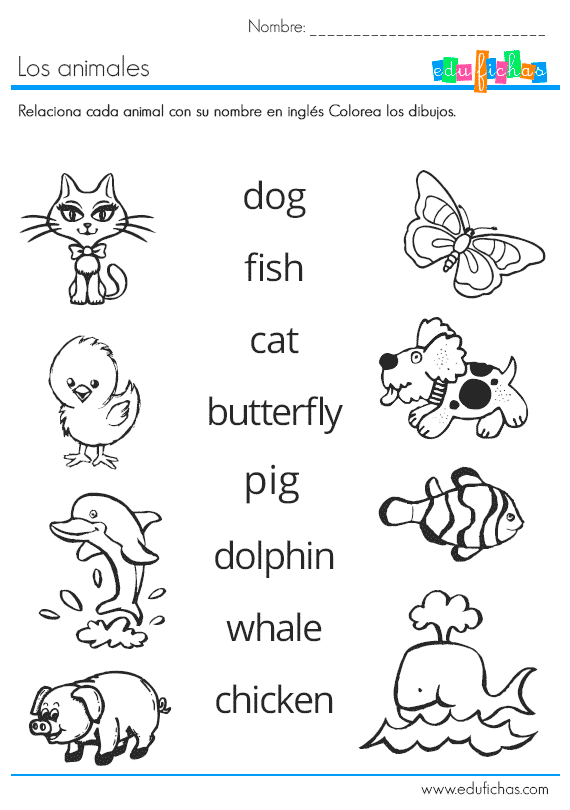
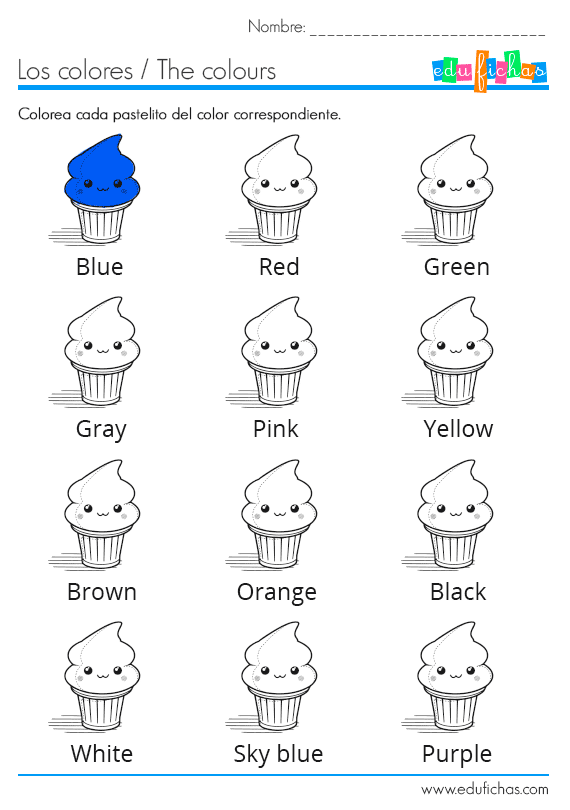
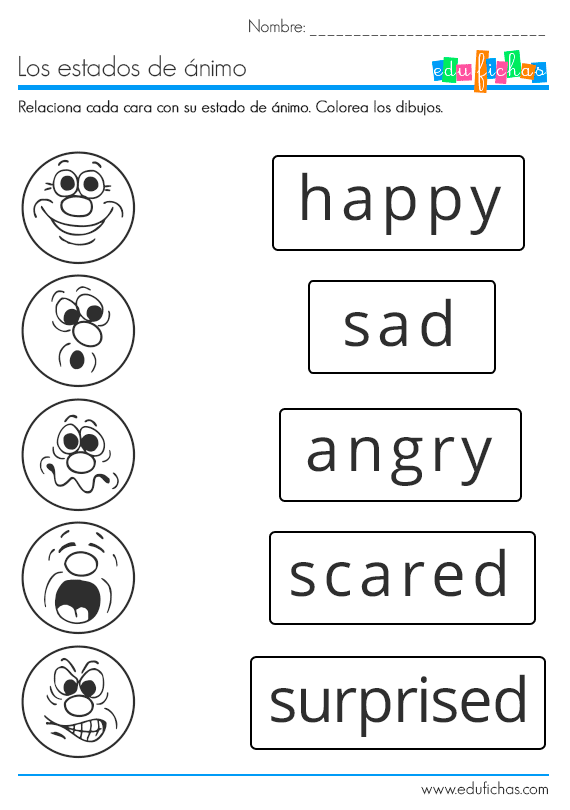





sábado, 11 de octubre de 2014
Listening activity
I have found this activity to practice the listening with the children, I have put it into practice in the classroom and he liked them, I leave here the information you need to make it, I hope you like it.

Following single- and multiple-step directions is an integral part of success in the classroom for children. Those with language disorders often have increased difficulty in following simple and complex directions heard or read. Many times, we see students simply watching the actions of the students around them in order to keep up with the pacing of a typical classroom. So, it's not surprising that many of my language students work to follow increasingly more difficult directions as part of their therapy with me. 

One set of cards contains simple directions with up to 3-steps. You can customize by reading only the first and second directions to address 1- and 2-step directions. The jar cards add a bit of surprise when they tip and cause lady-bugs to spill out, when you get to take an extra turn, and when a group mate's jar spills and you manage to capture one of their ladybugs!

The other set of cards contains complex directions with up to 3-steps. You can also customize by reading only the first and second directions to address 1- and 2-step directions. The jar cards are in this deck as well!

Usually I play with only one deck, either simple or complex. However, I have one group in which one student is working on complex and the other simple. For this group I simply had both decks out (separated) and drew from the appropriate deck for each student on their turn. It's pretty easy to sort them back when you are finished.

I've used this in 3 groups so far and it has been a nice change. The students seem to enjoy it as they usually do with simple card games like this.
Listening activity
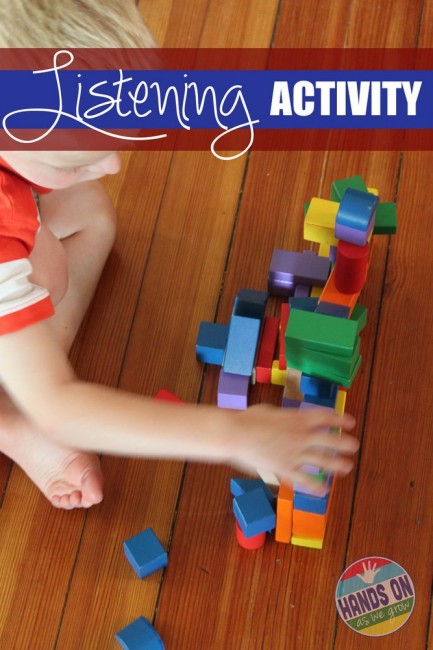
Listening Activity with Blocks
I used our colored blocks for this with Candy Land cards. The cards had colors that matched up with all of our block colors. Perfect!
[If this isn't the case for you, you can either make up cards quick that fit whatever you have on hand, or you can just rattle off directions without drawing something. You could also use Legos.]
Children have that building blocks following the directions, always with the help of cards to be easier. They need to be tuned them out, is very important to listen.

LISTENING
The listening is very important to learn a new language. But the listening is done not only with audios of talks, is hearing the teacher, listening to songs...I think that a good way of working the listening with children through stories, because they like it so much and would learn much vocabulary.
The listening process involves five stages: receiving, understanding, evaluating, remembering, and responding. You can use for a better understanding in the listenings is:Active listening is a particular communication technique that requires the listener to provide feedback on what he or she hears to the speaker, by way of restating or paraphrasing what they have heard in their own words. The goal of this repetition is to confirm what the listener has heard and to confirm the understanding of both parties. The ability to actively listen demonstrates sincerity, and that nothing is being assumed or taken for granted. Active listening is most often used to improve personal relationships, reduce misunderstanding and conflicts, strengthen cooperation, and foster understanding.
It should leave aside the conventional activities and put up new activities that are more motivating for children, do not be afraid to make mistakes and learn so much more.
There are many activities to put all this into practice:http://learnenglishkids.britishcouncil.org/en/listen-and-watch

GAMES
Simon Says – at 3 and 5 they are pitifully bad at this game but they have loads of fun trying to discern when they are to follow instructions and when they are not to.
Name that Sound – Using this basket of instruments play an instrument without the child seeing – either stand behind them, just outside the room, or blindfold them. Ask them to identify the instrument played. Add several instruments as they become familiar with the sounds and have them lay out the instruments in the order you played them.
What Time Is It Captain Midnight? – It is identical to What Time is it Mr. Wolf if you are familiar with that game. One person, Captain Midnight, stands on the other side of the room, with his back to the other players. The other players call out; “What time is it Captain Midnight?” Captain Midnight calls out a time between 1 and 11 and the players need to take that many steps. This repeats until Captain Midnight says it is midnight, at which point he chases the children back to the start line trying to tag them. Those that are tagged are out.
Marco Polo – One child is blindfolded and calls out “Marco” and the other players respond with “Polo”. The blindfolded child tries to tag the others by following their voice. {Usually a pool game, but the boys enjoy playing it in our living room}
Blindfolded Obstacle Course – Blindfold the children and give them verbal instructions to get through a series of obstacles set up in the room.
Find the Object – Set up a random assortment of items on a table in one room and take the children to another room. Give them details about which object you’d like them to go and find from the table, for example; “Please bring me the smallest yellow item on the table.” or “Please bring me the book that talks about a little girl and a bear eating blueberries.”
This game has been the boys favorite and we’ve played it about 4 times so far!
Get Across the Room – So similar to Marco Polo and the Obstacle Course, however slightly different. Put the blindfolded children on one side of the room and have a partner for each child on the other side of the room. As the partner we direct our own {blindfolded} partner across the room to us, so they need to know and listen to the voice of the parent they are partnered up with.

viernes, 10 de octubre de 2014
Family
To learn playing it is the easiest thing for the small children. Today I leave these activities you to learn the members of the family.





 https://www.youtube.com/watch?v=10tyR4_yrpw
https://www.youtube.com/watch?v=10tyR4_yrpw






lunes, 6 de octubre de 2014
BOOKS
Books and children's stories in English are an excellent way to bring our kids to one of the most important languages in the world. Certainly today, knowing English is essential when it comes to finding a job and that is increasingly present in the school life of our children.In Story Time, you will find a great selection of books in English for children, who have been especially chosen for being entertaining and satisfying all the hobbies, ages, and levels.
I have liked many of these books that I recommend, here I leave a few.

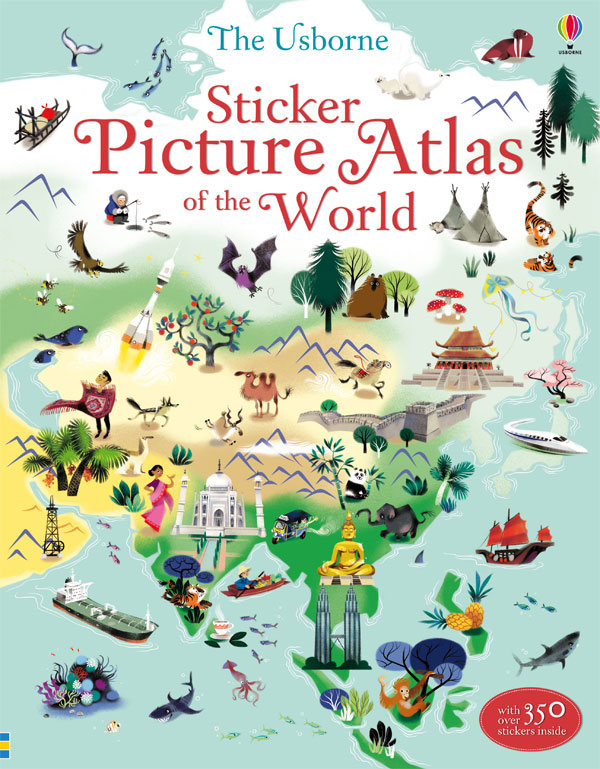
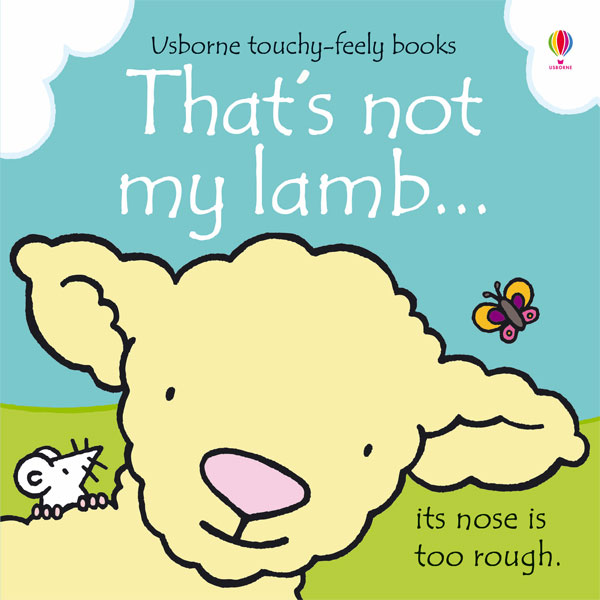
I have liked many of these books that I recommend, here I leave a few.



Suscribirse a:
Comentarios (Atom)

